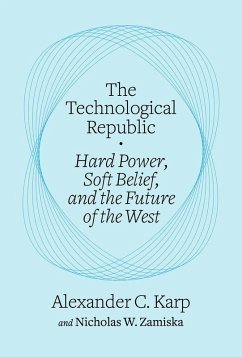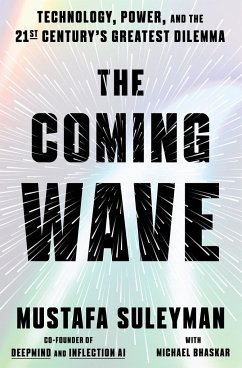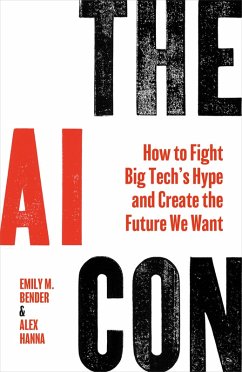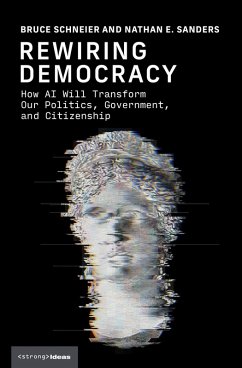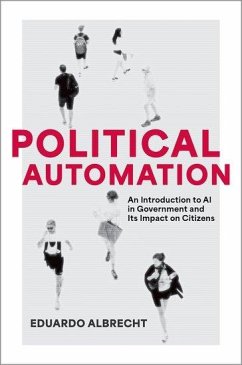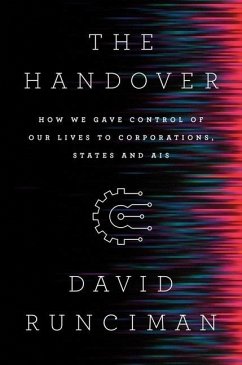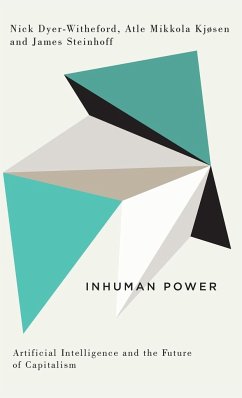
The AI Battleground Between the USA and China
Technological Innovation, Strategic Containment, and the New Silk Roads
Versandkostenfrei!
Erscheint vorauss. 23. März 2026
91,99 €
inkl. MwSt.

PAYBACK Punkte
46 °P sammeln!
This book explores how China's heavy investment in mass education since the late 1970s has propelled its technological competence to rival that of leading industrial nations, particularly in Artificial Intelligence (AI). It provides a comprehensive analysis of the USA's technological containment strategy towards China and the resulting economic and geopolitical implications. The book also examines the competitive dynamics between Chinese and Western tech companies, highlighting the strategic importance of the three New Silk Roads and the emergence of a Chinese middle class.In the context of th...
This book explores how China's heavy investment in mass education since the late 1970s has propelled its technological competence to rival that of leading industrial nations, particularly in Artificial Intelligence (AI). It provides a comprehensive analysis of the USA's technological containment strategy towards China and the resulting economic and geopolitical implications. The book also examines the competitive dynamics between Chinese and Western tech companies, highlighting the strategic importance of the three New Silk Roads and the emergence of a Chinese middle class.
In the context of the Fourth Industrial Revolution, artificial intelligence (AI) stands out as a pivotal technological innovation. Between 1976 and 2011, millions of Chinese students studied at Western universities, gaining expertise in engineering, computer sciences, and natural sciences. Many returned to China to become tech entrepreneurs, significantly contributing to the country's technologicaladvancements. The book examines how the emergence of a Chinese Middle Class has put China into a favorable position in high technology generally, and AI in particular. It offers a unique perspective on the intersection of technological innovation, economic policy, and international relations in the digital age.
In the context of the Fourth Industrial Revolution, artificial intelligence (AI) stands out as a pivotal technological innovation. Between 1976 and 2011, millions of Chinese students studied at Western universities, gaining expertise in engineering, computer sciences, and natural sciences. Many returned to China to become tech entrepreneurs, significantly contributing to the country's technologicaladvancements. The book examines how the emergence of a Chinese Middle Class has put China into a favorable position in high technology generally, and AI in particular. It offers a unique perspective on the intersection of technological innovation, economic policy, and international relations in the digital age.




